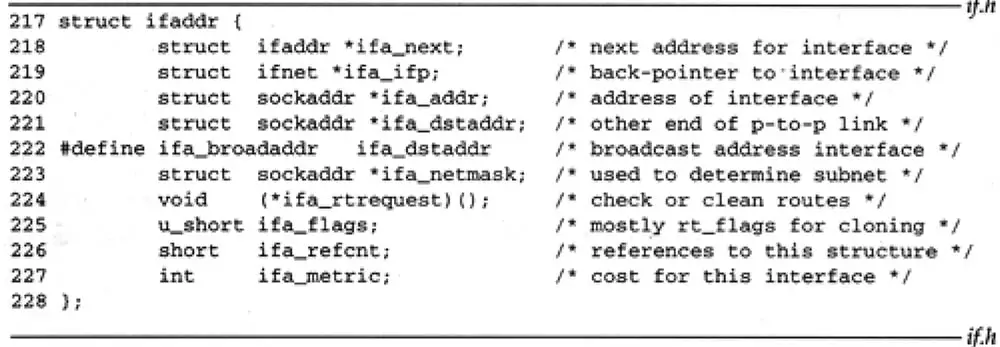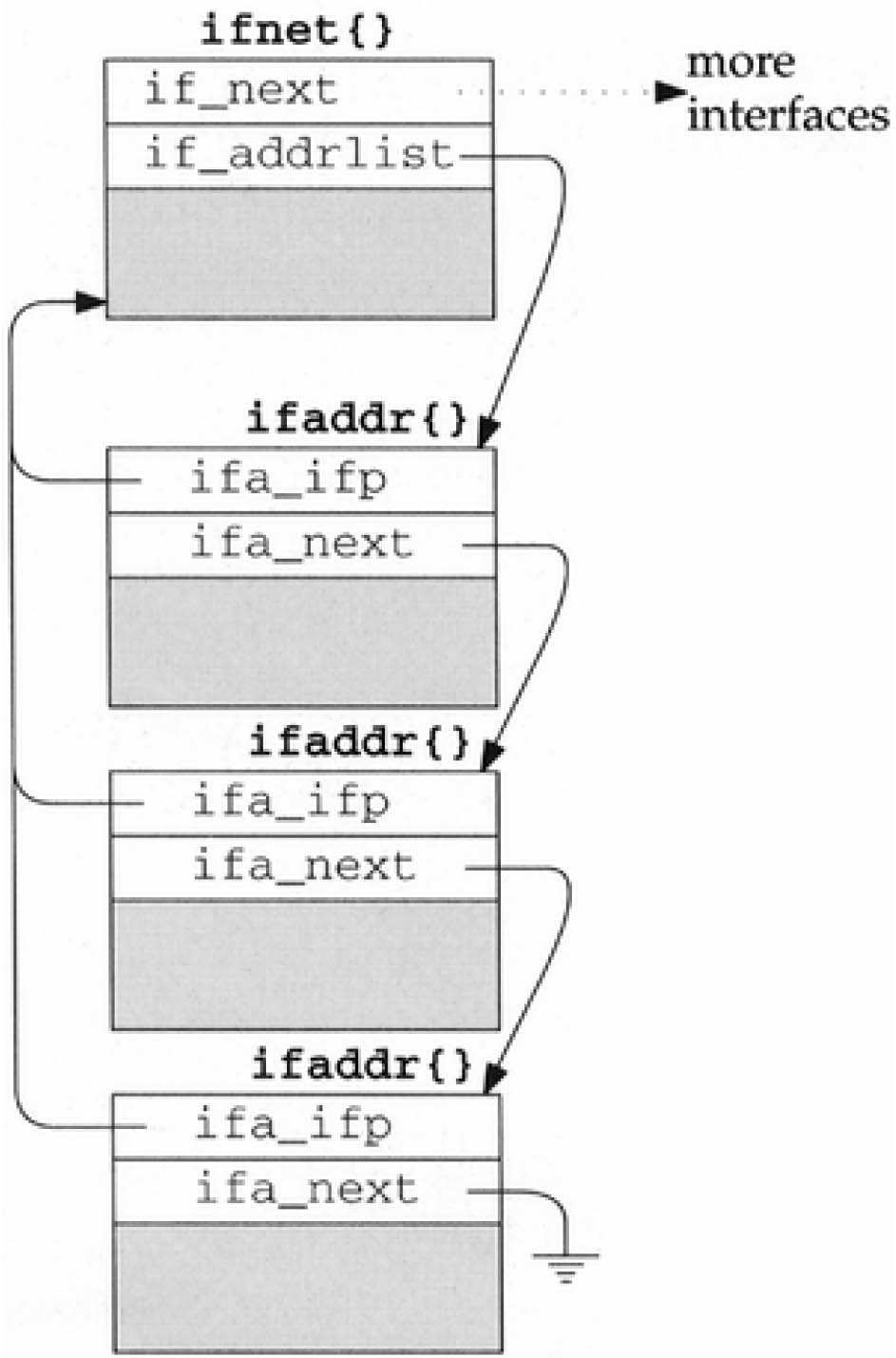How TCP/IP subnetting Works
Transmission Control Protocol/Internet Protocol (TCP/IP) subnetting is extremely complex, but for the purposes of explaining server objects, it works something like this: Computers are assigned IP addresses in which the network ID portion of the address, combined with the subnet mask, designates which subnet the computer is on. Computers must be on the same subnet to communicate directly with one another; if a computer tries to send a message to an IP address that is on a different subnet, the message goes to the default gateway (the address of the router on the network).
Sites are also based on subnets. If you had a computer whose IP address made it a member of one site, but you tried to place it in a different site that had a different network ID, it would be unable to communicate with the other computers in regard to replicating the Active Directory database.
Sites are also based on subnets. If you had a computer whose IP address made it a member of one site, but you tried to place it in a different site that had a different network ID, it would be unable to communicate with the other computers in regard to replicating the Active Directory database.
ifaddr Structure
The next structure we look at is the interface address structure, ifaddr, shown in Figure 5.3. Each interface maintains a linked list of ifaddr structures because some data links, such as Ethernet, support more than one protocol. A separate ifaddr structure describes each address assigned to the interface, usually one address per protocol. Another reason to support multiple addresses is that many protocols, including TCP/IP, support multiple addresses assigned to a single physical interface. Although Net/3 supports this feature, many implementations of TCP/IP do not.

Lines 217- 219: The ifaddr structure links all addresses assigned to an interface together by ifa_next and contains a pointer, ifa_ifp, back to the interface's ifnet structure.
Figure 5.4 shows the relationship between the ifnet structures and the ifaddr structures.
